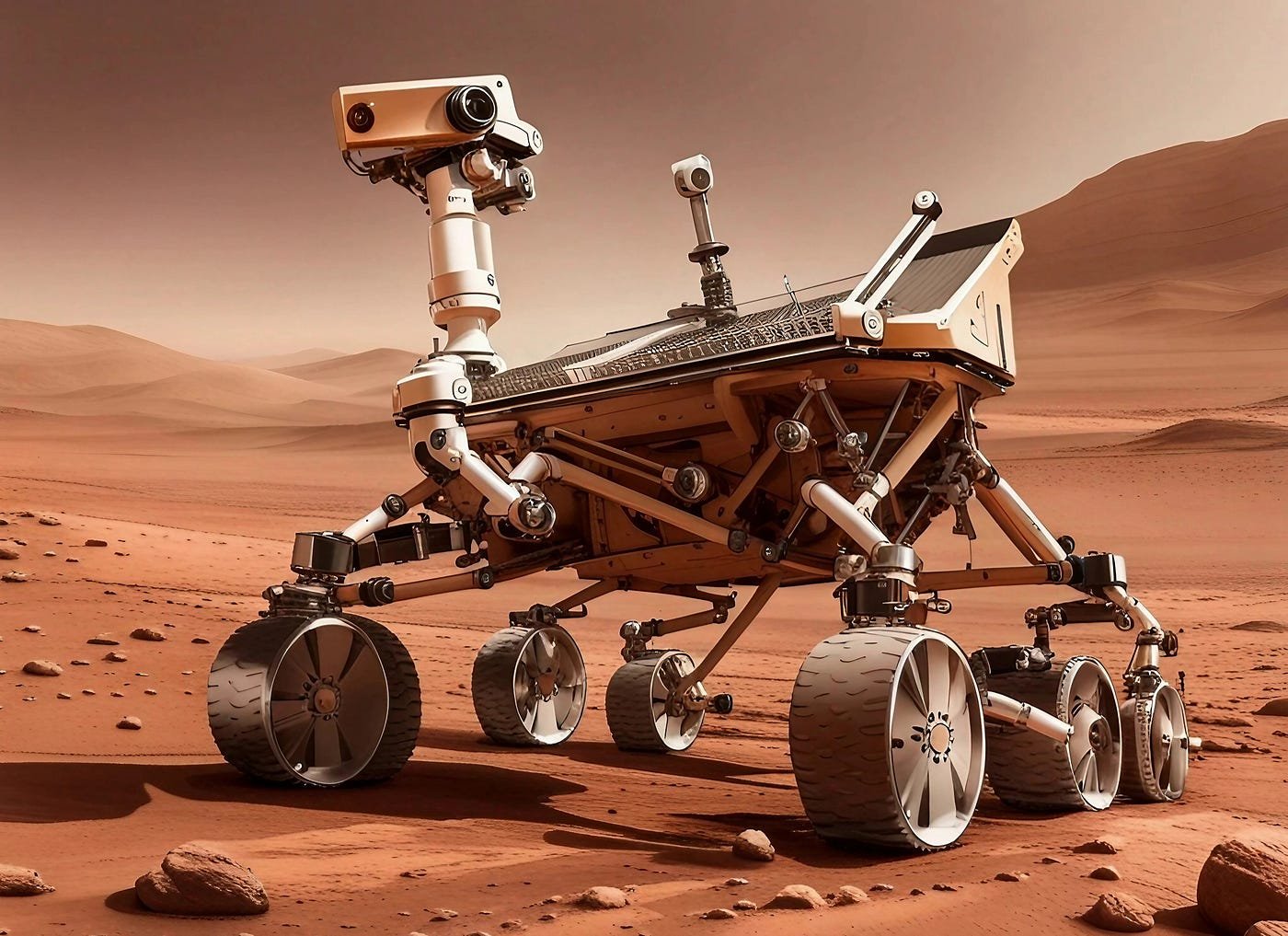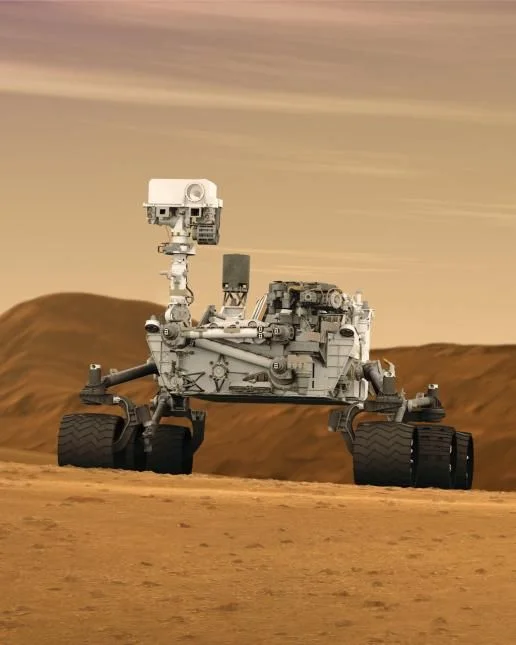Welcome to the red planet, where the quest for unlocking Martian mysteries continues with NASA’s latest marvel – the Mars Rover.
In this article, we embark on a journey through space exploration, diving deep into the significance of NASA’s newest rover mission, its technological advancements, and the potential discoveries that await us on the Martian surface.

Exploring the Red Planet: A Brief History
Since the dawn of space exploration, humanity has been captivated by the enigma of Mars.
From early telescopic observations to groundbreaking rover missions, scientists have strived to unravel the secrets of this neighboring planet.
Mars Rover Missions: Pioneering Exploration
NASA’s Mars Rover missions, beginning with Sojourner in 1997 and followed by Spirit, Opportunity, and Curiosity, have revolutionized our understanding of Mars.
These rovers acted as robotic geologists, traversing the Martian terrain, conducting experiments, and transmitting invaluable data back to Earth.
The Dawn of a New Era: Introducing Perseverance
Enter Perseverance, NASA’s latest addition to the Martian fleet.
Launched in July 2020, this state-of-the-art rover represents the pinnacle of technological innovation, equipped with advanced instruments and capabilities designed to unravel the mysteries of Mars.
Cutting-Edge Technology: What Sets Perseverance Apart
Perseverance boasts a suite of sophisticated instruments, including high-resolution cameras, spectrometers, and a ground-penetrating radar, enabling it to study the Martian surface in unprecedented detail.
Moreover, its advanced mobility system allows for precise navigation, enhancing its ability to explore diverse terrain.
Unraveling Martian Mysteries: Key Objectives
The primary mission of Perseverance is to search for signs of ancient microbial life and assess the planet’s habitability for future human exploration.
By analyzing rock samples and sedimentary deposits, scientists hope to uncover clues about Mars’ geological history and the possibility of past life.

Sample Return: A Game-Changing Endeavor
One of the most ambitious aspects of the Perseverance mission is its sample return capability.
The rover will collect and cache samples for future retrieval by a follow-up mission, paving the way for unprecedented scientific analysis on Earth.
Challenges and Triumphs: Navigating Martian Terrain
Operating a rover on Mars presents numerous challenges, from extreme temperatures to treacherous terrain.
However, with each obstacle overcome, the mission team celebrates another triumph in the quest for knowledge.
Overcoming Adversity: The Spirit of Perseverance
True to its name, Perseverance embodies the spirit of determination and resilience.
Despite the challenges it may encounter, the rover continues to push the boundaries of exploration, inspiring awe and admiration back on Earth.
Conclusion
As NASA’s latest emissary to the red planet, Perseverance holds the promise of unlocking long-held secrets and reshaping our understanding of Mars.
With its advanced technology and unwavering determination, this intrepid rover symbolizes humanity’s insatiable curiosity and our relentless pursuit of discovery.

FAQs (Frequently Asked Questions)
1. How long will Perseverance remain operational on Mars?
Perseverance is designed for a primary mission duration of one Martian year, which is equivalent to approximately 687 Earth days.
However, previous rover missions have often exceeded their planned lifetimes, so there is hope that Perseverance will continue to operate well beyond its initial mission phase.
2. What happens to the rock samples collected by Perseverance?
The rock samples collected by Perseverance will be carefully sealed and cached on the Martian surface for potential retrieval by a future mission.
NASA aims to bring these samples back to Earth for detailed analysis in state-of-the-art laboratories, offering unprecedented insights into Mars’ geological and biological history.
3. How does Perseverance communicate with Earth?
Perseverance communicates with Earth via a series of relay satellites orbiting Mars, known as the Mars Reconnaissance Orbiter, Mars Odyssey, and MAVEN (Mars Atmosphere and Volatile Evolution).
These orbiters act as intermediaries, relaying data between the rover and mission control on Earth.
4. What are the primary objectives of the Perseverance mission?
The primary objectives of the Perseverance mission are to search for signs of ancient microbial life, characterize the planet’s geology and climate, and pave the way for human exploration of Mars.
Additionally, the mission aims to demonstrate technologies for future Mars missions, including the production of oxygen from the Martian atmosphere.
5. How does Perseverance navigate the Martian terrain?
Perseverance navigates the Martian terrain using a combination of onboard sensors, cameras, and a sophisticated navigation system.
The rover’s autonomous capabilities allow it to analyze its surroundings and plan its route, avoiding obstacles and selecting the most efficient path forward.
